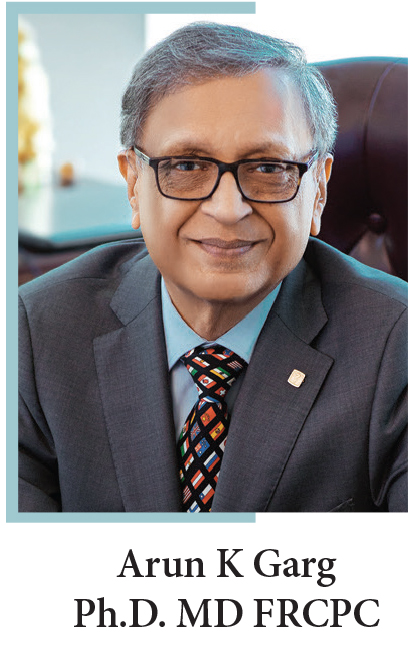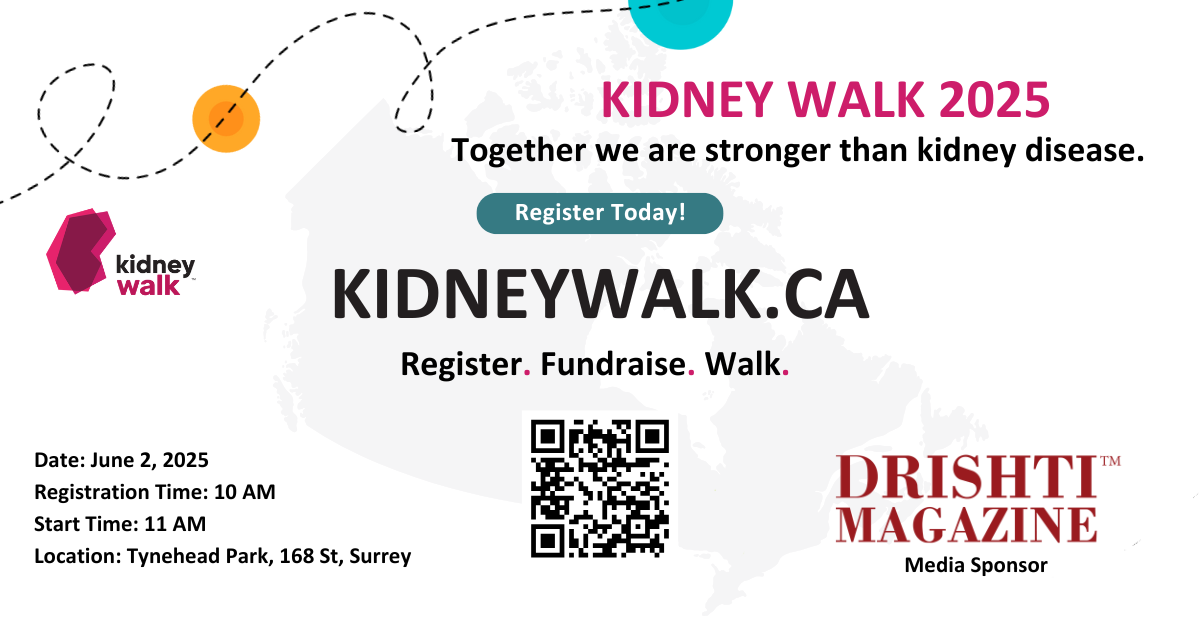As I write this column, news concerning His Majesty King Charles III is everywhere. It is an ideal opportunity to write a few words about this gland and its role in health. This is written for general information and does not constitute medical advice.
The prostate is part of the male reproductive system below the bladder in the perineum area of the body. It is a gland the size of a walnut, weighing between 7 and 16 grams. Its role in health and association with urine flow is described in ancient medicine. In the last 200 years, a significant understanding of its structure and pathology has been described. It has both glandular and connective tissue. Its major role is to protect the sperm by providing nutrients and helping the fluid flow through the urethra. The fluid contains enzymes and microelements like zinc and citric acid. Though it works silently, diseases that affect the gland have significant health issues and constitute a large part of male health.
Symptoms associated with prostate problems include pain in the lower pelvic area, frequent urination, difficulty, pain, and slow urination.
Common prostate problems are inflammation (prostatitis), an enlarged prostate (prostatomegaly), and prostate cancer.
Inflammation of the prostate gland is usually an infection of the gland by a virus or bacteria. It is commonly associated with painful urination, fever, and tiredness—when the inflamed gland becomes enlarged and tender. Diagnosis includes examination and laboratory testing to culture infectious agents. Treatment requires effective antibiotics and symptomatic relief using medications.
Enlarged prostate, also called benign prostatic hypertrophy, is the most common cause of gland size increase. It is the most common ailment for elderly men. It is treated with medications and sometimes minimal invasive surgery. Medical treatment includes medications that relax the gland muscles for ease of flow; other medications may include hormones. Diet and lifestyle are also essential aspects of treatment that require physician diagnosis and treatment choice.
Finally, prostate cancer is the most common cancer in older men. A physician usually diagnoses it after a physical examination. Usually, there are no symptoms except those familiar with an enlarged prostate, weight loss, or back pain. Besides physical examination, biochemical and histological biopsies are required for diagnosis. A prostatic enzyme called PSA, a prostatic-specific antigen, is an essential biomarker in diagnosing, monitoring, and managing the disease. Though PSA is an inherent biochemical marker for prostate cancer, it can be elevated in other benign conditions. General population screening is still a part of primary studies. Treatment includes surgery, radiotherapy, chemotherapy, and hormones.
While social media covers this topic extensively, diet, exercise, and sleep habits are crucial to your health. Some of these include voiding as soon as you feel the need. You should drink plenty of water (5 to 6 glasses daily). Take time when urinating; however, if you have any symptoms associated with the prostate gland, you should consult your physician, and timely diagnosis and treatment are critical. Also, discuss with your physician the appropriateness of exercise and natural therapy.
As always, this column is general educational information and is neither medical nor treatment advice. You must follow up with your physician for individual and specific advice.




